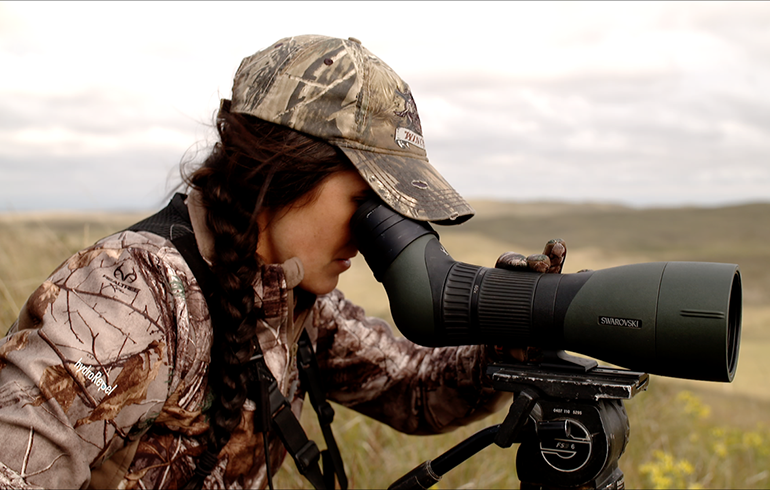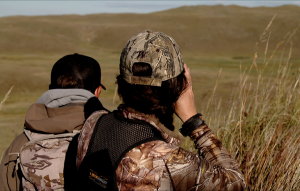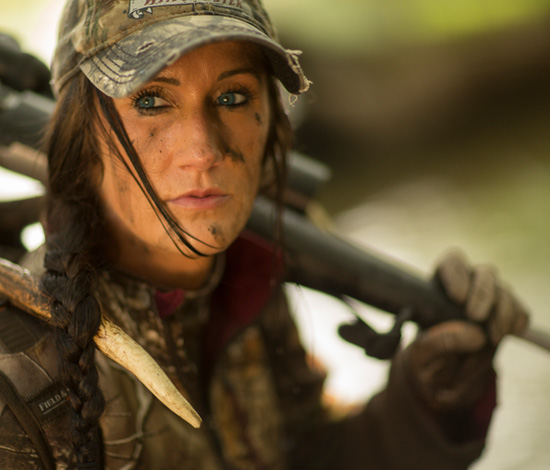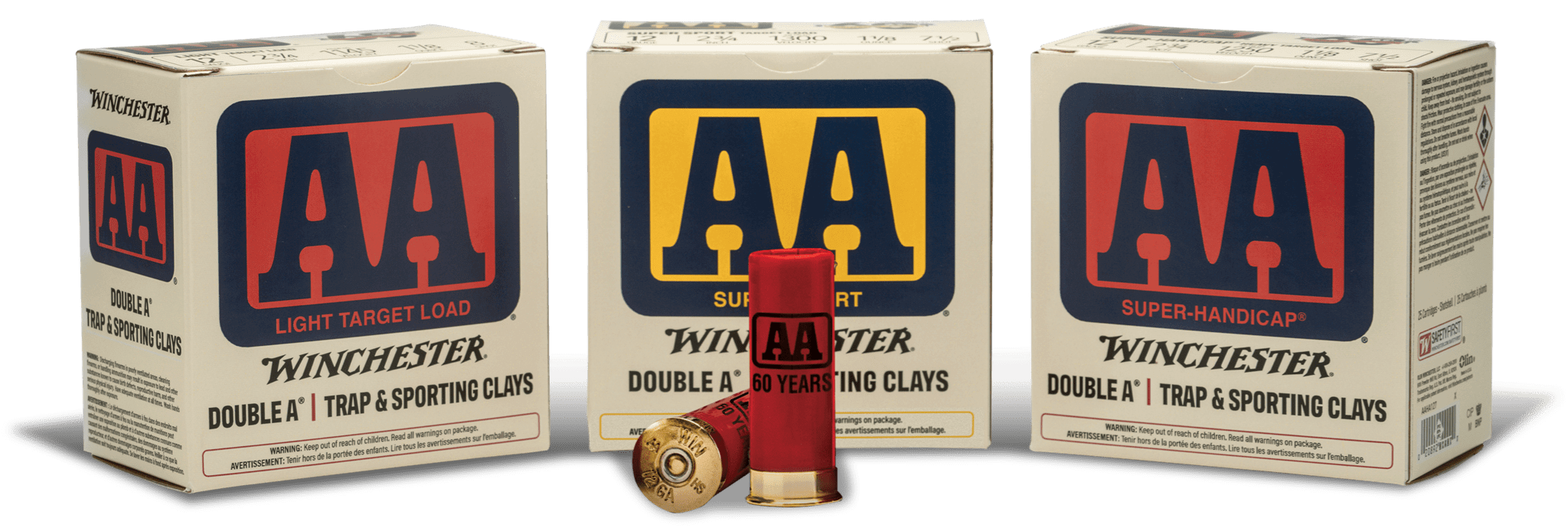10 Spot and Stalk Tactics Sure to up Your Game
Spot & stalk hunting for mule deer can be super-rewarding, but also incredibly frustrating! Some days it feels like every decision made is wrong, yet one must adapt and learn from mistakes.
Many of these tips can be used for any type of spot & stalk hunting, but I find them especially effective on mule deer. I’ve always been a huge fan of hunting mule deer, but this year turned out to be what I decided would be called “The Year of the Mule Deer.” I opened the season with a velvet mule deer hunt in Colorado, then moved onto Nebraska. After that, I drew a tag in Arizona after 10-years of applying for the Kaibab which should be an incredible hunt.

Once that hunt is wrapped up I’ll be taking my grandma to Colorado for her first mule deer hunt in years, then Nebraska for the rifle season, followed up by Senora Mexico hunt for an awesome finale to the season. With all these hunts, there will surely be some mistakes made, but I’m a firm believer in learning from those and hopefully improving my luck on each and every hunt.

 1.) Spend More Time Spotting Than Stalking- Putting in a significant amount of time glassing is always a key part to any mule deer adventure.
1.) Spend More Time Spotting Than Stalking- Putting in a significant amount of time glassing is always a key part to any mule deer adventure.
Usually we set up on the highest point we can find with the wind blowing right in our face. I like to take my pack and make a backrest out of it and get good and comfortable. This keeps me focused on glassing and not worrying about my aching neck or back. I do a lot of glassing through my binos and my spotting scope. Once I find deer, I pull my spotting scope out and glass that surrounding area close looking for just tips of antlers, or any little piece of a buck that may be just barely sticking out.

2.) Buck Spotted- Once a buck is spotted, I recommend intensely glassing all around that area for other deer. Early-season bucks almost always bed in bachelor groups, and as it gets closer to the rut, I watch very close to any deer I see. If a big doe is spotted, there more than likely is a buck in the area.

3.) Glass The Route- Once I have a buck spotted that I want to stalk, my next step is to glass the route I plan to use.
I’m usually looking for any rolls in the land I put to my advantage along with any other deer that may be bedded along the way. I’ve found it’s not the actual buck I’m trying to get in on that usually spooks. 9 times out of 10, it’s another deer I didn’t see that spooks and causes atrophy to bust out.

4.) Mental Markers- One of the most difficult parts of a spot and stalk hunt, if you’re not familiar with the area is marking where deer are bedded. It always looks simple from a glassing point, but when you get on the stalk everything looks different! I like to pick things out I should see along the way and find trees, landmarks, etc. to lineup so I know exactly how to find deer again when I come in from another direction. There’s nothing worse than doing everything right, sneaking in, and then overshooting where the deer is…and walk right up on him thinking he was at another bush. It happens all the time, so take time and really get a good grasp on where the buck is before beginning a stalk.
5.) Wind Puffer- Always bring a wind puffer so you can check the wind constantly as you stalk. As the day heats up or cools down the wind can swirl, rise and sink with the thermals, and just plain switch directions. If this happens in the middle of a stalk, stop and regroup. Let the wind figure out what it’s going to do and then continue the stalk.
6.) Be Patient- Going incredibly slow may seem counterproductive sometime, but slow and steady wins the race here. Bucks usually will bed for an extended period of time so really take time getting in. Walk slow, be quiet, and adapt as you go. You may find the terrain to be totally different than you expected, or run into additional deer you didn’t know about. When this happens just take it slow and re-route as needed.
7.) Use Trailcams- If hunting a state where trail cameras are legal, put trailcams out on fields or water sources so you can figure out their patterns. This will also help you early-season as you can see what smaller bucks hang with the big guy you’re hunting. I find it super helpful to know this, because sometimes I’ll spot one of the little guys and know that a big buck is probably in there somewhere. Knowing this, I add extra time to glass or even make a stalk based on this information.
8.) Get in Close- If hunting in high winds, get in close for the best shots. The wind can be a best friend as it will cover sound and perhaps provide for a close-in shot. It can also cause a lot of issues with shots whether using bow or a gun. So, get in close when winds are howling. Make the shot as simple as it can be!
9.) Spray Down- I keep a bottle of Scent Killer Gold on the side of my backpack at all times. This way I can spray down again at any time during the stalk. It’s inevitable that the wind will switch at some point so I do everything I can to help with wind swirls and changes.

10.) Know Ballistics- Having a good grasp on what gun/ammo combination will do in the wind is essential on spot and stalk hunts. You may also be looking at some longer-range opportunities so knowing what your setup will do is huge. The Winchester Ballistic App is great because you can dial in a variety of shot distances, wind speeds, and cartridge options to compare and contrast what is the best option for your upcoming hunting conditions.
The feeling of completing a successful spot and stalk hunt is so rewarding, but you can’t get down if it doesn’t all work out. I hunted hard in Colorado for 7-days and finally was able to pull it all together at the end of the trip. I went home empty-handed the last time I hunted Nebraska, but was inside archery range on 2-different big bucks even though I couldn’t get the shot.
So in the end you really just have to give it your all, have a little patience, and hope for some luck as well! Try these simple tips in the field and hopefully you can increase your chances of success on that next big mule deer.




